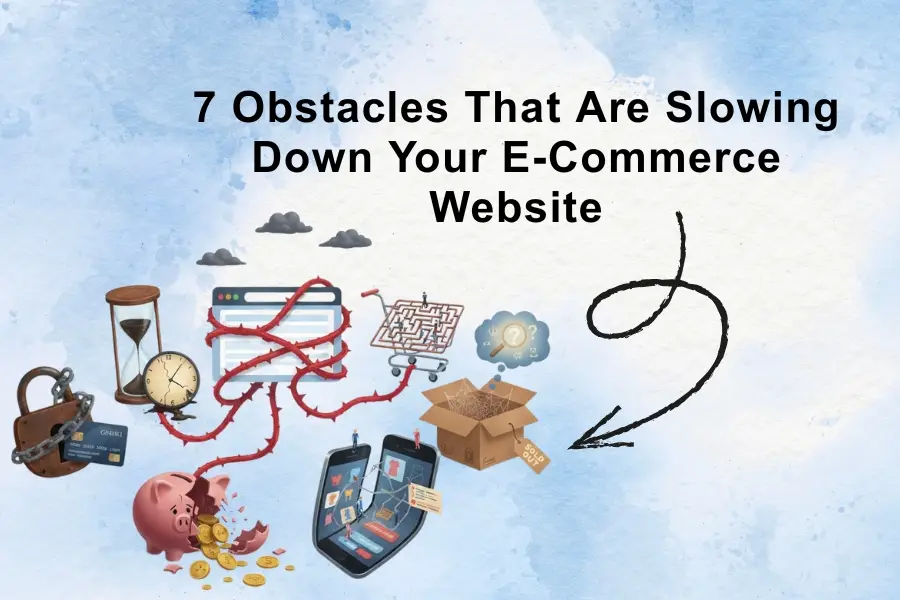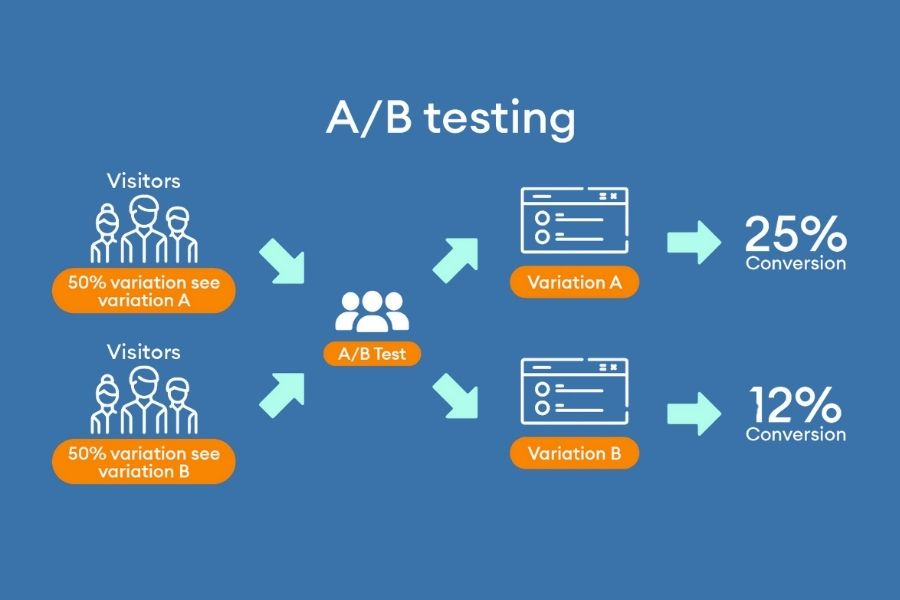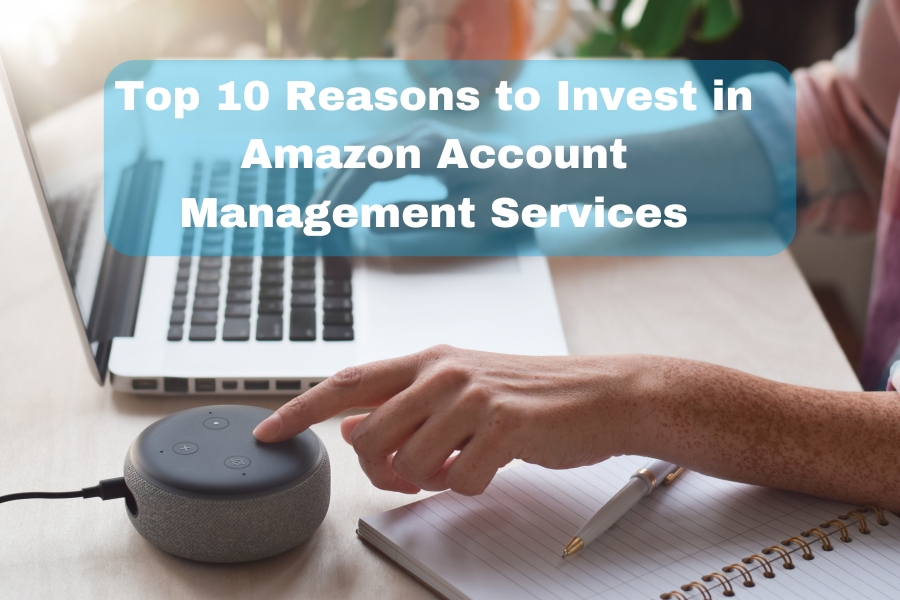7 Obstacles That Are Slowing Down Your E-Commerce Website

In today’s competitive online marketplace, speed is everything. A slow-loading e-commerce website can frustrate customers, increase bounce rates, and hurt your sales. In fact, studies show that even a one-second delay in page load time can lead to a 7% drop in conversions. If your website isn’t performing at its best, it’s time to identify what’s holding it back. With the right website development strategy, you can eliminate performance bottlenecks and deliver a fast, smooth shopping experience that customers love. In this guide, we’ll explore the 7 common obstacles that slow down e-commerce websites and how expert developers can fix them.
Obstacles Slowing Down E-Commerce Website
Are you facing slow loading times on your e-commerce website? Learn about 7 common obstacles that could be affecting your site's performance and how to overcome them.
1. Unoptimized Images and Videos
High-quality visuals are essential for any e-commerce site — they help customers make purchase decisions. But if your images and videos are too large, they can significantly slow down your website.
Solution:
Use image compression tools like TinyPNG or WebP format to reduce file size without losing quality. Implement lazy loading so that images load only when the user scrolls to them. A professional website development company in jaipur can automate this process across your store for better speed and efficiency.
2. Excessive Use of Plugins and Scripts
While plugins and third-party scripts add functionality, having too many of them can drag your site down. Each plugin adds extra code, increasing load time and sometimes causing conflicts.
Solution:
Audit your plugins regularly and remove the ones you don’t need. The Replace multiple plugins with custom-coded solutions designed by experienced website developers. This keeps your codebase clean and your website running faster.
3. Poor Server and Hosting Performance
Your web hosting provider plays a crucial role in determining your site’s speed. Shared hosting plans might be cheap, but they often lead to slow load times during traffic spikes.
Solution:
Choose a reliable hosting provider that offers dedicated or cloud-based servers. A website develop company can help you select the right hosting configuration and set up caching systems like CDNs (Content Delivery Networks) for better global performance.
4. Inefficient Code and CSS Files
Messy code, redundant CSS, and JavaScript files are common culprits behind slow websites. The Developers often overlook optimization, which leads to bloated code and longer load times.
Solution:
Minify and combine CSS and JavaScript files to reduce requests. Use clean, structured coding practices to keep your site lightweight. Expert web developers can also enable asynchronous loading, ensuring your site’s visual elements appear quickly even while scripts are still loading.
5. Lack of Browser Caching and CDN Usage
If your website doesn’t use browser caching, users must download all resources each time they visit your site. Similarly, not using a CDN (Content Delivery Network) can cause slow loading for users in different regions.
Solution:
Enable browser caching so returning visitors can load your site faster. A CDN stores copies of your website on servers around the world, ensuring faster load times for global customers. Most wordpress website development experts integrate these optimizations automatically during setup.
6. Heavy Use of Dynamic Content and Unoptimized Database
E-commerce sites rely heavily on dynamic content — product recommendations, user reviews, and real-time inventory. While essential, they can slow down your site if your database isn’t properly optimized.
Solution:
Regularly clean your database by removing unused data, spam comments, and outdated product entries. Implement database indexing and use caching plugins to reduce server requests. A skilled eCommerce website development company can fine-tune your backend for faster query responses and smoother performance.
7. Ignoring Mobile Optimization
Over 70% of e-commerce traffic now comes from mobile users. If your site isn’t mobile-friendly, it will load slower and rank lower in search engines. Poor mobile performance directly affects your SEO and user experience.
Solution:
Adopt a responsive web design that automatically adjusts to any screen size. Optimize images, compress CSS, and test load speed using Google PageSpeed Insights. A professional website development service ensures your mobile site performs just as well as the desktop version.
Monitor and Test Regularly
Speed optimization isn’t a one-time task. Regular monitoring and testing help identify performance drops before they affect users. Use tools like GTmetrix, Lighthouse, or Pingdom to test your website’s speed and fix issues promptly. In the Partnering with Novel web solution, a trusted web development company ensures continuous performance audits, timely updates, and proactive improvements for lasting results.
Conclusion
A slow e-commerce website doesn’t just hurt your rankings — it drives away potential customers. From unoptimized images to poor hosting, small technical issues can quickly pile up and impact your bottom line. The good news? All of these problems can be fixed with professional website development solutions.
By addressing these 7 performance obstacles, you can enhance user experience, boost conversions, and improve your search visibility. Remember, in e-commerce, speed equals sales — so invest in a well-optimized website that keeps your customers coming back for more.






